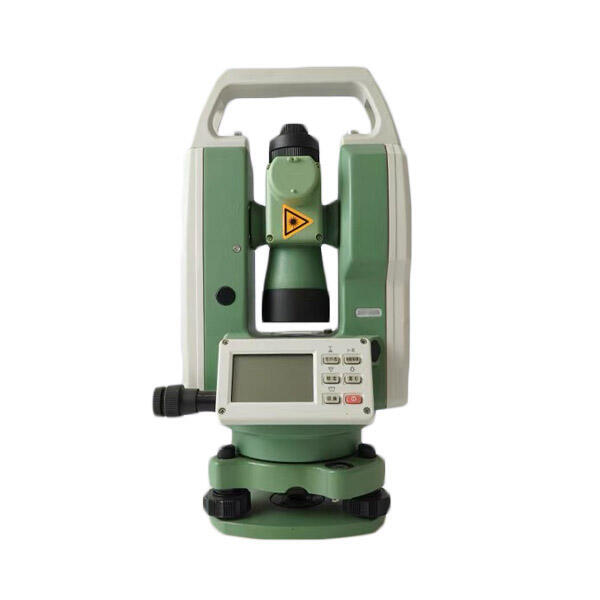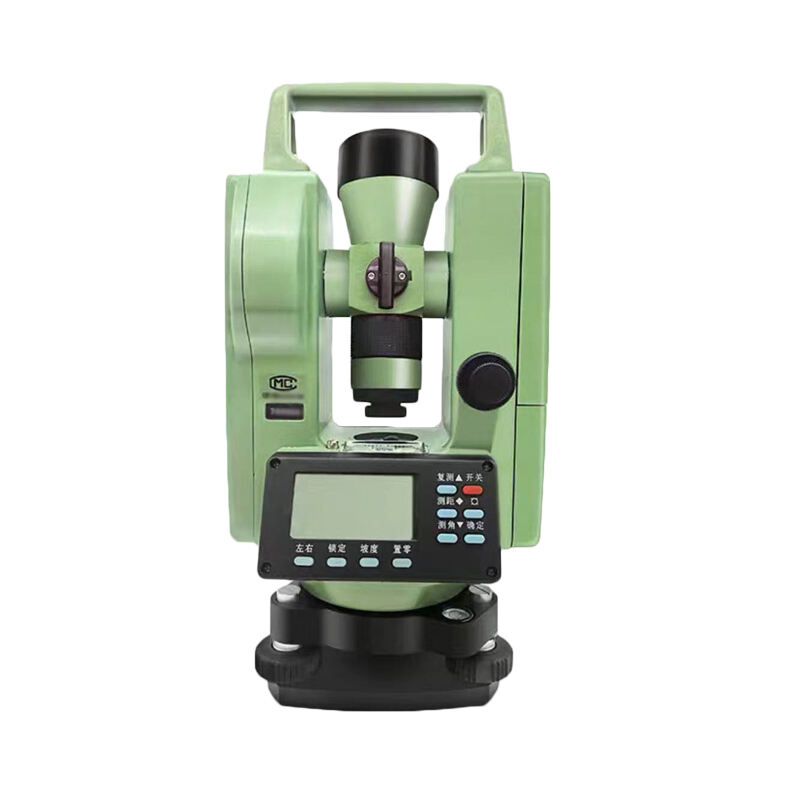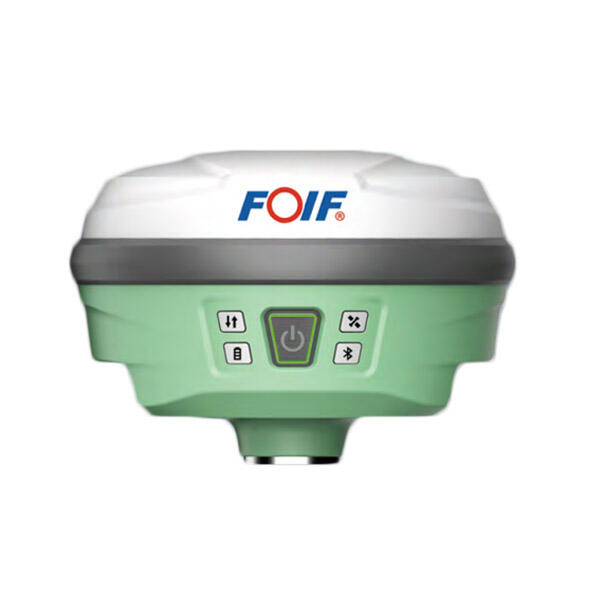electronic digital theodolite
The electronic digital theodolite represents a significant advancement in surveying technology, combining precision measurement capabilities with digital innovation. This sophisticated instrument measures both horizontal and vertical angles with exceptional accuracy, utilizing electronic sensors and digital displays to provide instant, reliable readings. At its core, the device features a high-resolution electronic circle reading system that eliminates traditional optical reading errors. The instrument incorporates advanced microprocessor technology that enables automatic compensation for various environmental factors and instrument errors. Essential components include a high-precision angle measurement system, electronic level sensors, digital display screen, and often integrated data storage capabilities. Modern electronic digital theodolites typically offer angle measurement precision ranging from 1 to 5 arc seconds, making them ideal for various surveying applications. The device's electronic nature allows for automatic data recording and transfer, significantly reducing human error in measurement documentation. Many models feature built-in software for basic calculations and data processing, enhancing field efficiency. These instruments often include features such as dual-axis compensation, multiple display options, and rechargeable power systems for extended field operation.


